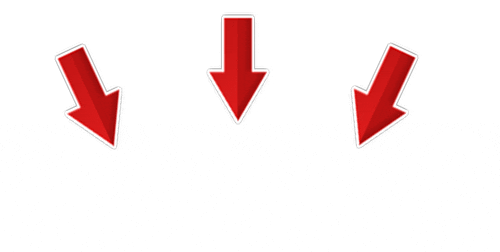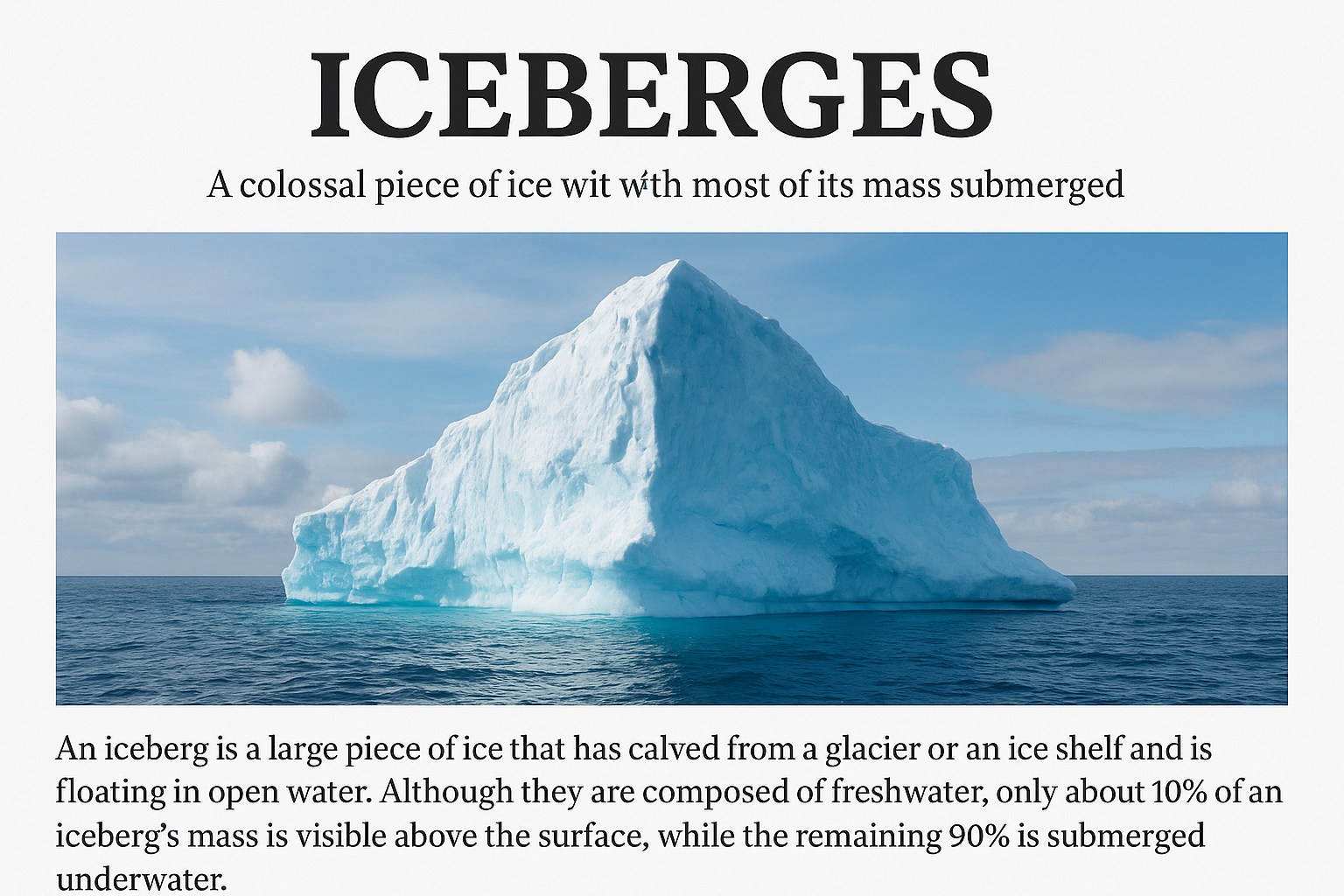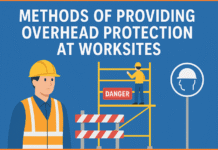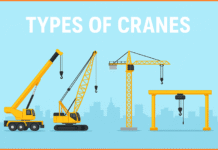Contents
The objective of Hydro & Pneumatic Testing :
To familiarize workforce with ongoing Hydro Testing, Pneumatic Strength Testing, Line Blowing & Filling activities (Pressure Testing):
Hydro & Pneumatic Strength Testing, Line Blowing, Filling
- All pressure and leak testing must have competed in accordance with the Procedure and Safe Work Method.
- Formal records of pressure and leak testing are maintained and kept.
- Work carried out by only qualified and experienced persons.
CLICK HERE FOR 👉 NDT SAFETY
The person in Charge – Responsibilities:
- All equipment, plant, and devices used for pressure and leak testing are properly rated, adequate calibrated, maintained and checked.
- Arrange spill storage.
- PTW precautions are followed.
- Barricade the testing area to control unauthorized entry.
- All personnel should be communicating about starting these activities preferably through the PA system.
- Only essential personnel are allowed access to the test area, and then only after pressure has been held for a reasonable period.
CLICK HERE FOR 👉 RADIOGRAPHY SAFETY
Types of Pressure and Leak Testing:
- Standard Pressure Test (Strength Test) – Applied either during project construction or later during the operational phase.
- Leak (Pressure) Testing – Usually hydraulic, are performed to prove the pressure tightness of joints, glands, and seats, etc., whenever the integrity of containment is broken, either at hook-up/commissioning or post-operation phase.
- Service Leak Testing – Usually using service fluid, the testing method for leaks during the post-operation phase on low-pressure systems.
- Pneumatic Leak Tests – Using an inert gas, predominantly on gas producing and on some onshore sites during commissioning and post-operation phases, prior to the introduction of hydrocarbons.
- Gross (Preliminary) Air Leak Tests – Using instrument air up to max. of 8 bar, at hook-up/commissioning as a means of identifying large leaks, prior to performing the standard pressure tests.
CLICK HERE FOR 👉 RADIATION SAFETY
Test Mediums:
- Hydraulic – water is preferred test liquid.
- Pneumatic – shall only be permitted if authorized in writing by the Site Manager or his delegate.
Activity Requirements / Guidelines for pressure testing:
HYDRO / PNEUMATIC TESTING SAFETY
- As possible so as to minimize the stored energy.
- Materials of construction should have the required ductility (flexibility).
- Ensure risk assessment carried out.
- Check that any attachments unable to withstand the test pressure must be removed.
- Blanking devices (spades blinds etc.) shall confirm the required equipment specification.
- Safety valves to be fitted when the pressurizing medium pressure Single, continuous pressure envelope is the preferable method.
- The Responsible Engineer should authorize tests above normal working pressure.
- Persons supervising pressure/leak tests must be trained, competent and qualified.
- Effective communication should be established.
- Access to the test area must be limited to essential personnel only – barriers, warning signs, PA announcements, patrolling the test boundaries.
- Testing should be carried out under PTW, which is required for each test or at least a test package for the same location.
- Pressuring equipment shall be provided with suitably calibrated pressure control/regulator devices.
- These devices should be clearly visible to the person controlling the pressure.
- Pressuring equipment should not be left unattended at any time during the test.
- When the test pressure has been reached, the pressuring equipment shall be isolated from the equipment under test and where perform-able disconnected.
- The pressuring valve should be locked in a closed position.
- Ensure the equipment tested by the competent person, prior to testing.
- The volume of equipment under test should be kept as small is greater than the test pressure.
- Slowly-slowly pressure increases.
- Consideration to be given for the change of ambient temperature, e.g. thermal expansion of liquids in a closed system.
- Pressure monitoring to be conducted in any adjacent systems that are not positively isolated.
- Close examination of equipment at above maximum allowable working pressure shall not take place until the pressure has been held for 30 min.
- If an inspection is required within the hold period, then pressure should be reduced to 80% of the test figure.
CLICK HERE FOR 👉 WORK PERMIT SYSTEM
Hydro & Pneumatic Strength Testing What to Look for:
- Test Pack for line/eqpt. QC complete
- Supervisor & Engineer in place.
- Equipment tested and calibrated (QC reviewed)
- PTW Issued and posted the workplace
- Trained & Competent personnel.
- Toolbox Talk conducted.
- No adjustment whilst under pressure.
- The safe evacuation of test liquids/gases.
- Barriers & Signs in place (agreed distance).
- Patrols around the barrier areas.
- Ensure proper Anchoring arrangements.
- Excavation Entry Gas Test & Checklist.
- The correct level of safety devices.
- Wear face shields during pneumatic testing.
CLICK HERE FOR 👉 HIRA AND JSA
Responsible testing personnel:
- Attend the system at all times.
- Continuously supervision.
Pressure testing equipment:
- Fully operational,
- Regularly maintained,
- Calibrated,
- Warning signs and barriers,
- Caution tags to identify equipment and lines under test,
- Maintain a safe distance.
Mechanical isolation used for gas, liquid or vapor:

- Pneumatic testing and very high-pressure hydro-testing – conducted when the main test area is free of personnel.
- Very high-pressure hydro-testing – use the testing manifold and testing apparatus No alterations or modification permitted without Piping Production Engineer’s approval.
If there is a failure during the testing:
- Immediately pressure depressurizes.
- Vent valves will open after pressure release.
- find out the Cause of failure and rectified.
In the event of a failure during the pressure test, the system will be immediately depressurized by cracking the vent on the test pump manifold.
After the pressure has been released, the vent valves shall be opened. The cause of failure shall be determined and rectified before any further pressure testing is undertaken.
CLICK HERE FOR 👉 SAFETY OFFICER INTERVIEW QUESTIONS ANSWERS
LESSON LEARN


INCIDENT DURING AN HYDRO TEST OPERATION
OF A 32″ INCH ONSHORE PIPE
Event Description: During a hydro test operation of a 32″ inch onshore pipeline for gas transportation (not Included in any Sampan scope of work), a section of the pipe burst.
The test a Pressure was more than 330 bars. The involved section was a bent pipe. Witnesses reported That the water coming out of the rupture hit a small pile of earth and rocks, projecting the Rocks about 50 meters away at a very high speed.
No people were in the area during the burst, But some hydro test technicians and engineers had just left the area after having checked the Instrumental data.
CLICK HERE FOR 👉 EXCAVATION SAFETY
Hydro testing safe distance formula:
HYDRO TESTING SAFETY
For the Hydro test safe distance
Safe distance = (0.15)x(D)x(a)^0.4x(p)^0.6
For fluids (3.3) it is :
l = 0.15 x internal diameter x ((alpha) ^ 0.4) x ((test pressure / (cube root of density))^ 0.6
For gases (4.3) it is :
l = 30; 3.6 x cube root of (volume x ((test pressure + length) – ((test pressure + length) ^ 0.714)))
where D – Internal diameter (m)
A – Length/diameter of the piece (m)
P – Test pressure (bar)
“IF YOU HAVE ANY ISSUE REGARDING PRESSURE TESTING SAFETY PROCEDURES PLEASE COMMENT BELOW”
Now it’s your turn:
IF YOU LIKE THIS ARTICLE (PRESSURE TESTING, HYDRO TESTING SAFETY PROCEDURE) PLEASE SHARE TO YOUR SAFETY-PROFESSIONAL FRIENDS.







Please tell me How to read this formula,
For the Hydro test.
Safe distance = (0.15)x(D)x(a)^0.4x(p)^0.6
where D – Internal diameter (m)
a – Length/diameter of piece (m)
p – Test pressure (bar)
Please tell me what means of “a” and this “p”
How we can barricade it and is it allow to a person stay nearby the area to continue check gadge during Hydro testing?
Can you calculate for me for 6inch pipe, 40 meter length and 170 bar pressure testing
Post hydro test is also important. Some people may see this has no potential hazards. Control has to be given during this stage too.
The key is to release the pressure gradually to a safe location, where no one will be impacted.
Dear sir,
regarding that Frequency calculation LTI x 1000000/man-hours worked.
What is the base of 1000000 ?
why not 2000000 & 3000000 ?
Please explain me sir
Based on standard formulas set forth in ANSI Z 16.1. It specifies to use 1 million. We are just following it.
May I ask about Hydro testing safe distance formula, is it common standard ?
do yo have valid reference? please contact me in hasbi.sinaga@gmail.com
thanks
For the Hydro test.
Safe distance = (0.15)x(D)x(a)^0.4x(p)^0.6
where D – Internal diameter (m)
a – Length/diameter of piece (m)
p – Test pressure (bar)
The code reference given was Norwegian specification T0240|72-12| and in the footer “Rules, issue 96-02”.
Dear Saurabh,
Could you please help to determine the safe distance has to barricaded during the pressure test?
Thanks a lot
For the Hydro test.
Safe distance = (0.15)x(D)x(a)^0.4x(p)^0.6
where D – Internal diameter (m)
a – Length/diameter of piece (m)
p – Test pressure (bar)
Dear Ranjan,
a is length / diameter of piece.
what is it exactly ??
is it only length or only diameter or length divided by diameter ???
please clarify. Thanks in advance
Sandeep Kumar safety officer Mo no 9708174394 email I’d sandeephse4394@gmail.com
How can I help you?